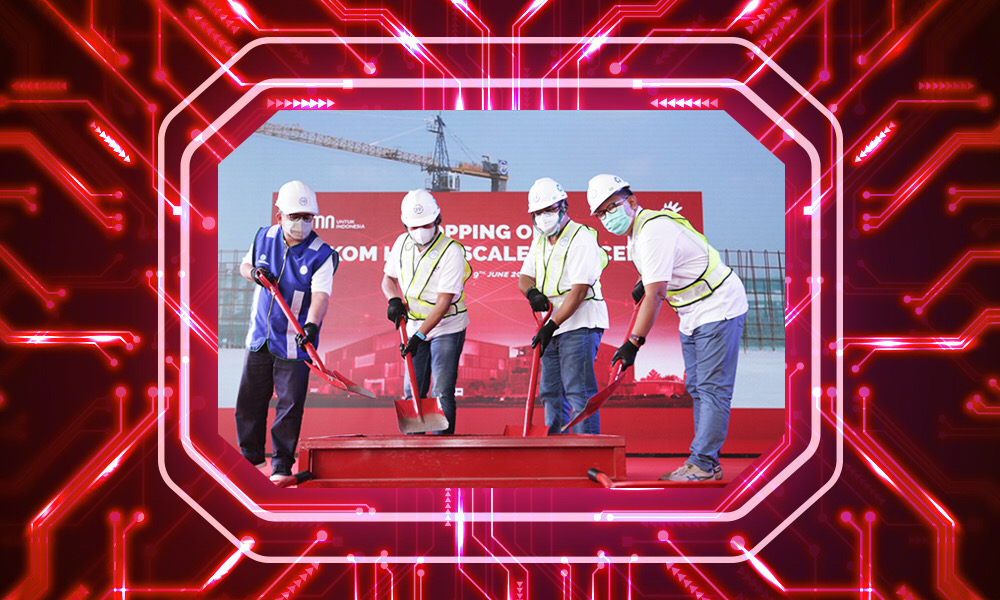The Evolution of Data Center Architecture

Data centers are vital components of a company's IT infrastructure. They store and process data to provide services to the company's customers. Data center architecture is not a static entity. It has evolved with advancements in technology and the needs of the industry. The first data centers were built in the 1950s when computers were huge and expensive machines that required constant air conditioning. They were constructed as stand-alone facilities, often with cooling towers for their massive power consumption and heat.
With the advent of the personal computer in the 1980s and cloud computing in the mid-2000s, data centers have evolved to meet new needs. Read on to find out more!
Establishment of The First Data Centers
The first data center was established in the 1950s, and it was a room with a bunch of big computers. The computers were used for storing, processing, and retrieving information for the National Security Agency. In the early 1970s, the world's first commercially available PC was launched.
This sparked a trend towards smaller and more powerful computers that eventually drove down costs and allowed for the re-emergence of data centers in offices and homes. Early systems were housed in large “silos”, or buildings designed by a company specifically for a unique purpose, such as the first data center. These silos were replaced by more modular data center designs that are naturally more scalable and easier to monitor and maintain.
The Latest Data Center Infrastructure and Architecture Development
The development of the latest data center infrastructure and architecture results from the rapid growth in data volumes and increasing demand for data-intensive applications. Data centers are becoming more sophisticated as they are integrated into the Internet of Things (IoT). This integration allows them to use resources more efficiently and to store, process, analyze, or transmit large amounts of data.
The data processing capabilities of a data center allow it to take advantage of interconnecting systems. This enables data centers to connect with other remote systems. This connection creates a complicated overall system that is sometimes referred to as the cloud.
Data Centers Adopting AI and Cloud Computing Infrastructure
The introduction of Artificial Intelligence (AI) and cloud computing in data centers has led to many improvements. The power consumption has been reduced by up to 40%, and the operating costs have also been cut. Additionally, the architecture of an AI-based data center is different from traditional ones. It includes features like machine learning, deep learning, and automation, all powered by AI.
The development of power-efficient and cloud-based data center infrastructure and architecture will be a crucial factor for the future success of many companies.
In conclusion, data centers are evolving as the digital world grows. These changes in architecture and infrastructure will be necessary for the digital world to keep up with the demands of future generations of hardware and software. Data centers must be designed to support the future of technology by being flexible, adaptive, and responsive to new demands. neuCentrIX is one such data center offering top-tier services, including colocation options for better bandwidth, speed, and management of data. Learn more about our solution!

















